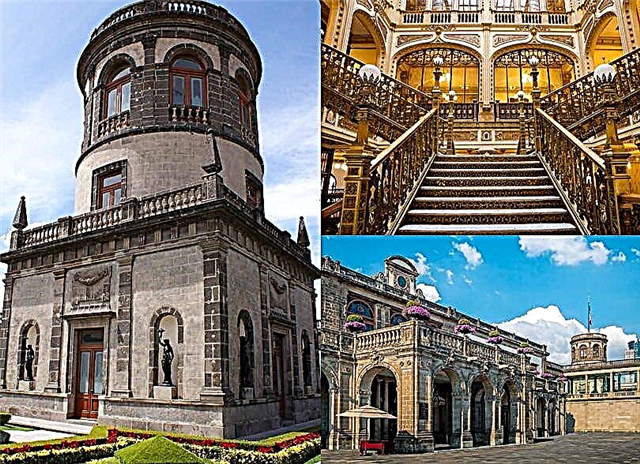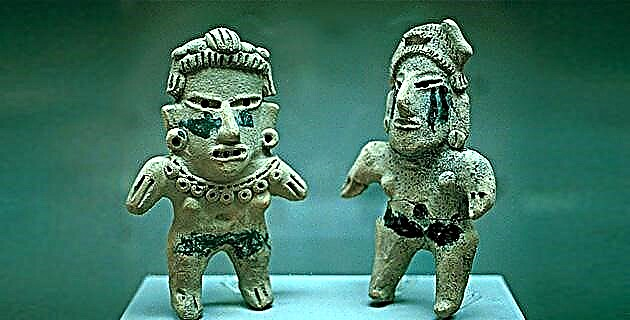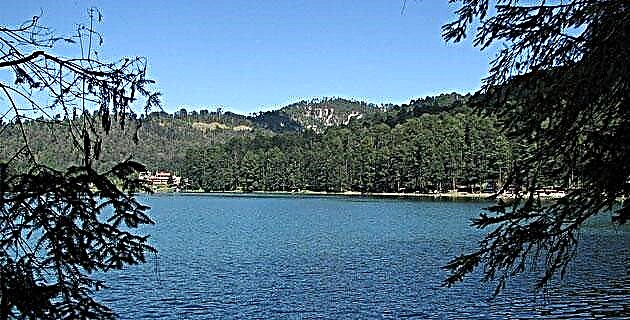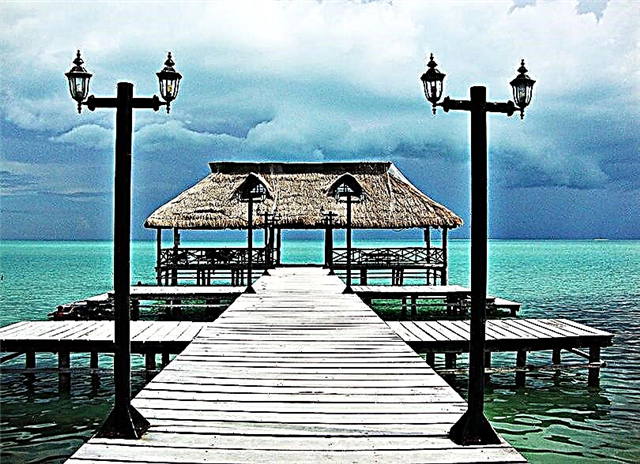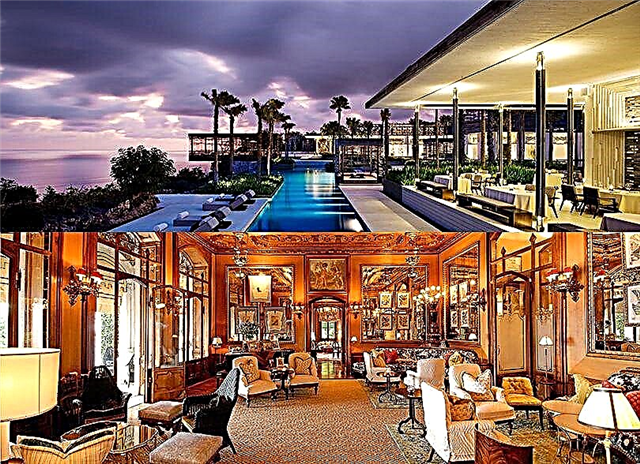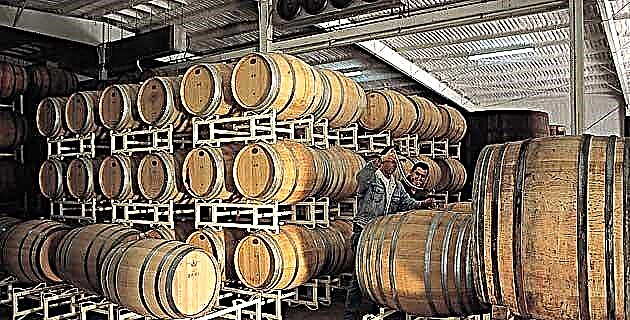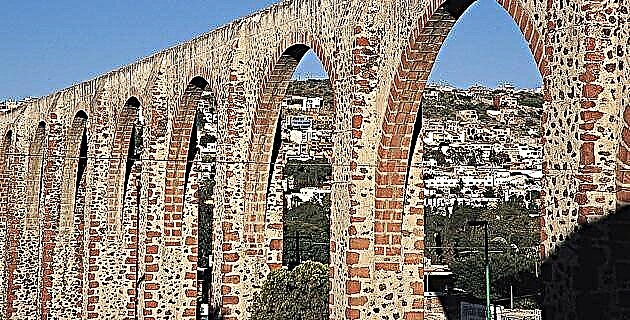
Querétaro is one of the most important and best preserved colonial cities in the center of the Mexican Republic.
Although its original inhabitants were the Pames, its Purépecha name comes from the speakers of this language who settled in it, together with the Spanish, in the 1530s. Its location was then on the border with the Chichimeca area and served as an agricultural and livestock center and commercial on the route to the northern mining centers. Querétaro is one of the most important and best preserved colonial cities in the center of the Mexican Republic. Although its original inhabitants were the Pames, its Purépecha name comes from the speakers of this language who settled in it, together with the Spanish, in the 1530s. Its location was then on the border with the Chichimeca area and served as an agricultural and livestock center and commercial on the route to the northern mining centers.
The streets of the city acquired their outline in the 1550s, with the well-known grid scheme in the flat area, to the west, and an irregular one in the upper part, with steeper slopes, to the east, which makes urban views very different. offered by each sector. The various public squares of Querétaro, beautifully landscaped, as well as the streets with colonial and Porfirian houses - whether important or modest - are one of its greatest attractions.
No buildings from the 16th century survive, since during the 17th and 18th centuries important constructions were erected and the most notable public work of the time was carried out: the Aqueduct. The nineteenth century, with the political struggles that had Querétaro as a prominent center of operations, caused the disappearance of not a few of its buildings, although the Porfiriato would represent an opportunity to make new outstanding buildings, such as the Theater of the Republic, by Camilo San German.
The most outstanding colonial religious buildings in Querétaro are the temple and convent of the Cross, the former convent of San Francisco, the temple and former convent of Santa Clara, the temple of Santiago, the temple and former convent of San Agustín (with its beautiful courtyard richly sculpted), the Santa Rosa de Viterbo temple and the neoclassical Santa Teresa temple (made by the architect Tres Guerras from a project by Tolsá). Among the civil buildings, the Casa de los Perros and the palaces of Ecala and the Count of Sierra Gorda stand out, as well as the Government building, which was the house of the corregidora Josefa Ortiz de Domínguez, and the House of the Marquesa de Villa del Villar del Eagle. Also notable is the Fountain of Neptune, also from Three Wars. The Historic Center of the City of Querétaro was declared a Zone of Historical Monuments in 1981 and has been on the UNESCO World Heritage list since 1996.
The French historian Monique Gustin, author of the first study on the architecture of the Sierra Gorda de Querétaro (one of the later missionary centers of the colonial period), wrote that as late as 1963 it was claimed that the state had no colonial monuments outside its capital. It was not until the most recent decades, in fact, when the interest of these religious buildings, inscribed in what has been called "popular baroque", has become known. These are the Jalpan, Concá, Tilaco, Tancoyol and Landa missions. The Spanish Franciscan Fray Junípero Serra was in charge of colonizing this remote region, after José de Escandón's military campaigns to subdue the untamed Pames who lived here. Junípero Serra was directly in charge of the construction of Jalpan, and the remaining missions were carried out according to this model. These are constructions with an elaborate sculptural decoration in relief made with flattened mixing and finished with a rich polychrome.
Source: Unknown Mexico Guide No. 69 Querétaro / May 2001


